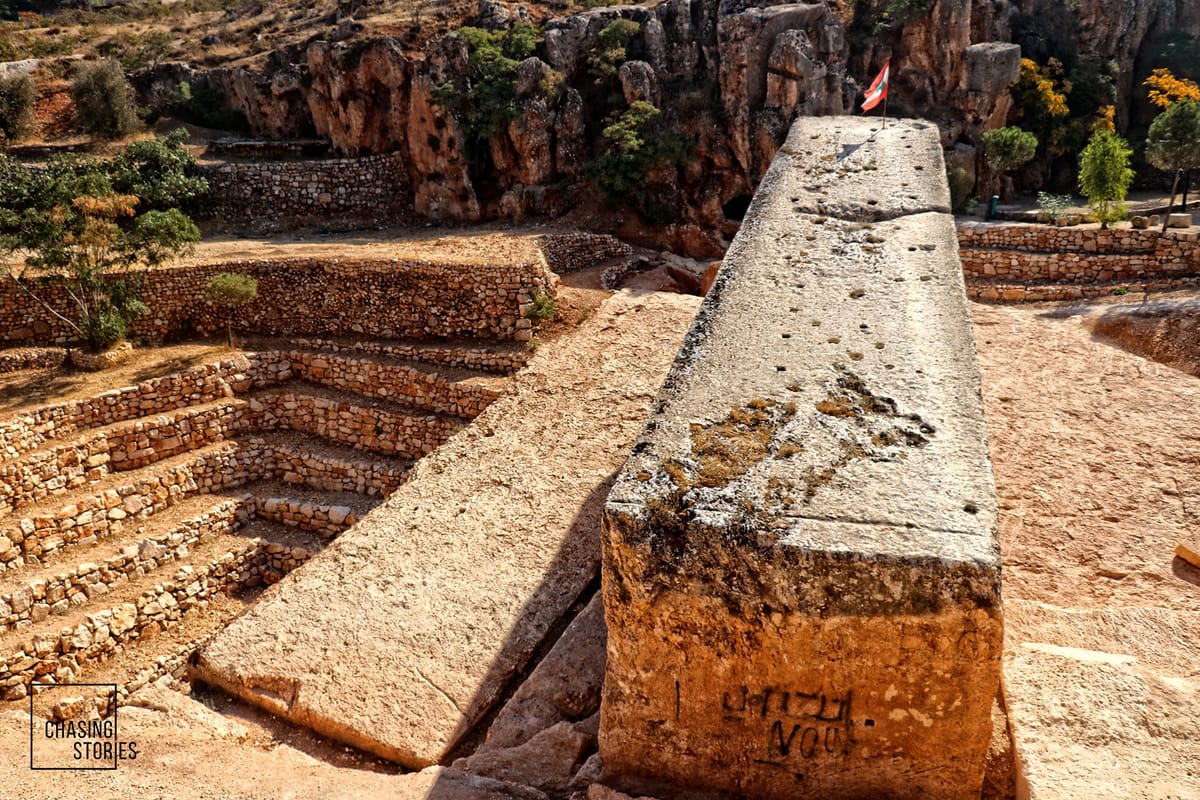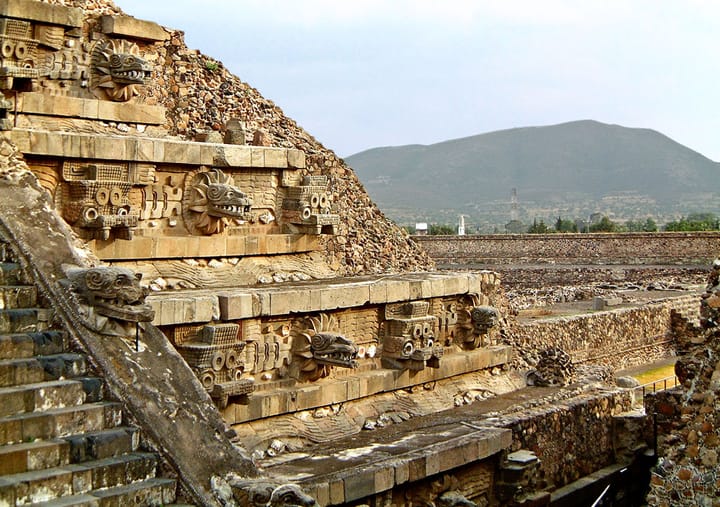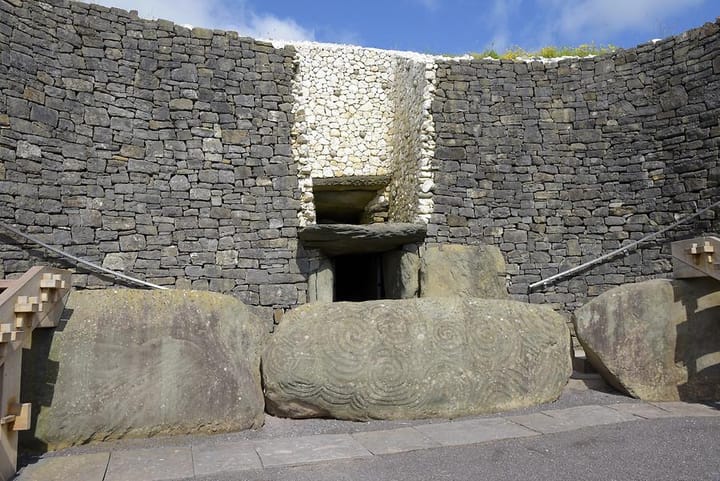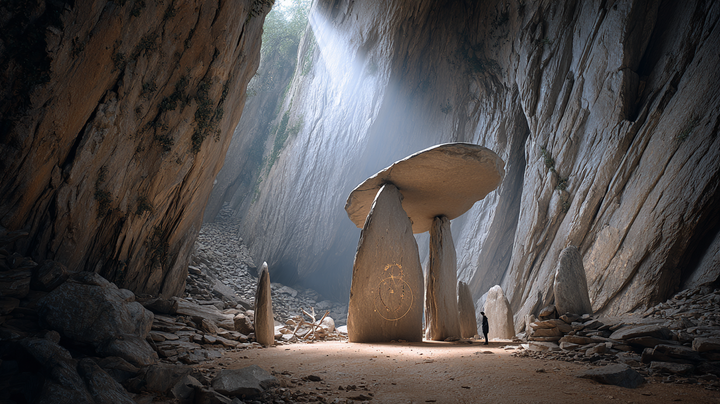Baalbek Megaliths Dossier
Baalbek in Lebanon, the Roman Temple of Jupiter sits on a colossal podium that includes the famous Trilithon blocks. Nearby quarries hold even larger unfinished stones, including a 1,650-ton monolith discovered in 2014. The site blends bold engineering, layered religions, and enduring mystery

Quick Take
- Baalbek’s sanctuary became a Roman showpiece known as Heliopolis. The Temple of Jupiter rose across the 1st century BCE to 1st century CE. Wikipedia
- Its raised plaza incorporates twenty-plus monoliths, the largest over 800 tons. The famous three in the west wall are called the Trilithon. UNESCO World Heritage Centre
- The nearby quarry holds the Stone of the Pregnant Woman and, found in 2014, the much larger “Forgotten Stone” estimated at about 1,650 tons. Smithsonian Magazine+1
- How Romans quarried, moved, and seated such blocks at scale is still being investigated. Competing lift and ramp scenarios exist. Wikipedia
Quick Facts
- Type: Roman temple complex over earlier cult layers
- Location: Baalbek, Beqaa Valley, Lebanon
- Period: Roman colony era center, major works 1st century BCE to 2nd century CE Wikipedia
- Key features: Podium with mega-blocks, Great Court, Temple of Jupiter, Temple of Bacchus
- UNESCO: Inscribed 1984. Plaza formed of large monoliths, largest over 800 tons. UNESCO World Heritage Centre
Why This Matters
Baalbek is a stress test for our assumptions about ancient logistics. Its stones are outliers in weight and precision. The site shows how imperial ambition, local quarry know-how, and sacred landscape design can stack into a single build. It is also a magnet for later legends, which makes clear sourcing essential.
Timeline
- Pre-Roman cult at the hilltop sanctuary
- 16 BCE to 1st century CE Roman colony and vast monumentalization project begins. Jupiter terrace and court rise. Wikipedia
- Late antiquity reuse and conversion in the complex
- 1984 UNESCO inscription of the archaeological site. UNESCO World Heritage Centre
- 2014 German Archaeological Institute team publishes a 1,650-ton unfinished monolith in the quarry. Archaeology Magazine+1
Claims and Evidence
Claim 1: The Trilithon blocks weigh roughly 750 to 800 tons each.
- Evidence: Dimensional estimates and syntheses in standard references list the west wall trio in that range. UNESCO’s dossier notes monoliths over 800 tons in the raised plaza. UNESCO World Heritage Centre
- Assessment: Strong for order of magnitude.
Claim 2: An unfinished quarry block around 1,650 tons was documented in 2014.
- Evidence: DAI-linked reports and archaeology briefs describe a 19.6 m by 6 m by 5.5 m block, estimated at ~1,650 tons, the largest known from antiquity. Archaeology Magazine+1
- Assessment: Strong.
Claim 3: Construction methods likely combined ramps, rollers or sledges, and multi-crane coordination, not single lifts.
- Evidence: Roman crane capacity studies show typical machines could not lift 60–100 ton blocks alone. Scholarship proposes banked ramps and combined lifting strategies for heavier pieces. Wikipedia
- Assessment: Plausible mechanisms, details still debated.
Claim 4: The Roman sanctuary monumentalized an earlier sacred precinct.
- Evidence: UNESCO and site histories describe the Roman complex built over earlier remains, forming a raised plaza. UNESCO World Heritage Centre
- Assessment: Strong.
Network and Influence
- Institutions: German Archaeological Institute and Lebanese partners in quarry research. dainst.org
- Related mega-stones: Western Stone in Jerusalem, Unfinished Obelisk at Aswan, Ramesseum colossi bases
- Cultural echo: Baalbek in travelers’ accounts, later myths about giants, djinn, or biblical kings. Popular retellings persist, but evidence anchors the Roman build.
Key Documents and Media
- UNESCO World Heritage entry and advisory text. UNESCO World Heritage Centre
- DAI quarry project overviews and 2014 announcements. dainst.org+1
- Archaeology briefs on the 1,650-ton monolith. Archaeology Magazine+1
- Site histories for the Temple of Jupiter and platform chronology. Wikipedia
Controversies
- Who moved what when: Pre-Roman versus Roman phases in the podium.
- Logistics models: Ramp geometry, sledding over lubricated beds, and coordinated cranes.
- Mythic interpretations: Claims of nonhuman builders or antediluvian origins are popular online. Evidence to date supports a Roman monumental program over earlier layers. Wikipedia+1
Open Questions
- Exact quarry-to-podium transport path and slope management
- Temporary earthworks and cribbing patterns under the Trilithon
- Whether more mega-blocks were planned but never seated
- Precise division of work between imperial crews and local specialists
- How seismic events altered the podium and wall strategies over time
What If
What if Baalbek was a calibration site for sky visitors
The podium plan and monolith ratios act like a ground target to tune instruments.
So what: the terrace is a signal board that makes sense only from altitude.
What if the Trilithon was not structural first, but protocol
Three blocks mean permit, acknowledge, transmit.
So what: the wall is a code, the temple is a cover story.
What if quarry residues hide exotic traces
A thin layer of unusual isotopes or vitrified films marks high energy events.
So what: a brief “assist” left a chemical fingerprint.
What if the Roman build piggybacked on an older project
Pre-Roman cut lines suggest a much earlier stage abandoned, then reused.
So what: the empire finished what a forgotten culture began.
What if the quarries form a geometry with other Levant sites
Shared bearings with Tyre or Hermon align into a corridor.
So what: Baalbek is one node in an old network.
Signals to watch
- Repeat ratios across Trilithon, plaza courses, and quarry blocks
- Stake marks or survey grids that do not match Roman standards
- Geochemical outliers in bedding mortar or quarry floors
- Subsurface ramp scars or cribbing trenches along the haul path
- Seismic retrofit clues that show phased engineering responses
Kicker
If the podium is a protocol, the real question is not how they lifted the stones. It is why the message needed stones that big.
How We Are Covering This
We balance UNESCO and peer projects for dates and dimensions, then separate verified logistics from legend. UNESCO World Heritage Centre+1
Current Assessment
World class Roman monument on a sacred hill with extreme block sizes. Strong evidence for Roman quarrying and staging, details of heavy transport and seating still open.
Credits and Further Reading
- UNESCO World Heritage Centre: Baalbek. UNESCO World Heritage Centre
- DAI Baalbek research overview and quarry notes. dainst.org
- Archaeology Magazine and Smithsonian coverage of the 1,650-ton monolith. Archaeology Magazine+1
- Temple of Jupiter site summaries and technical notes. Wikipedia



Comments ()